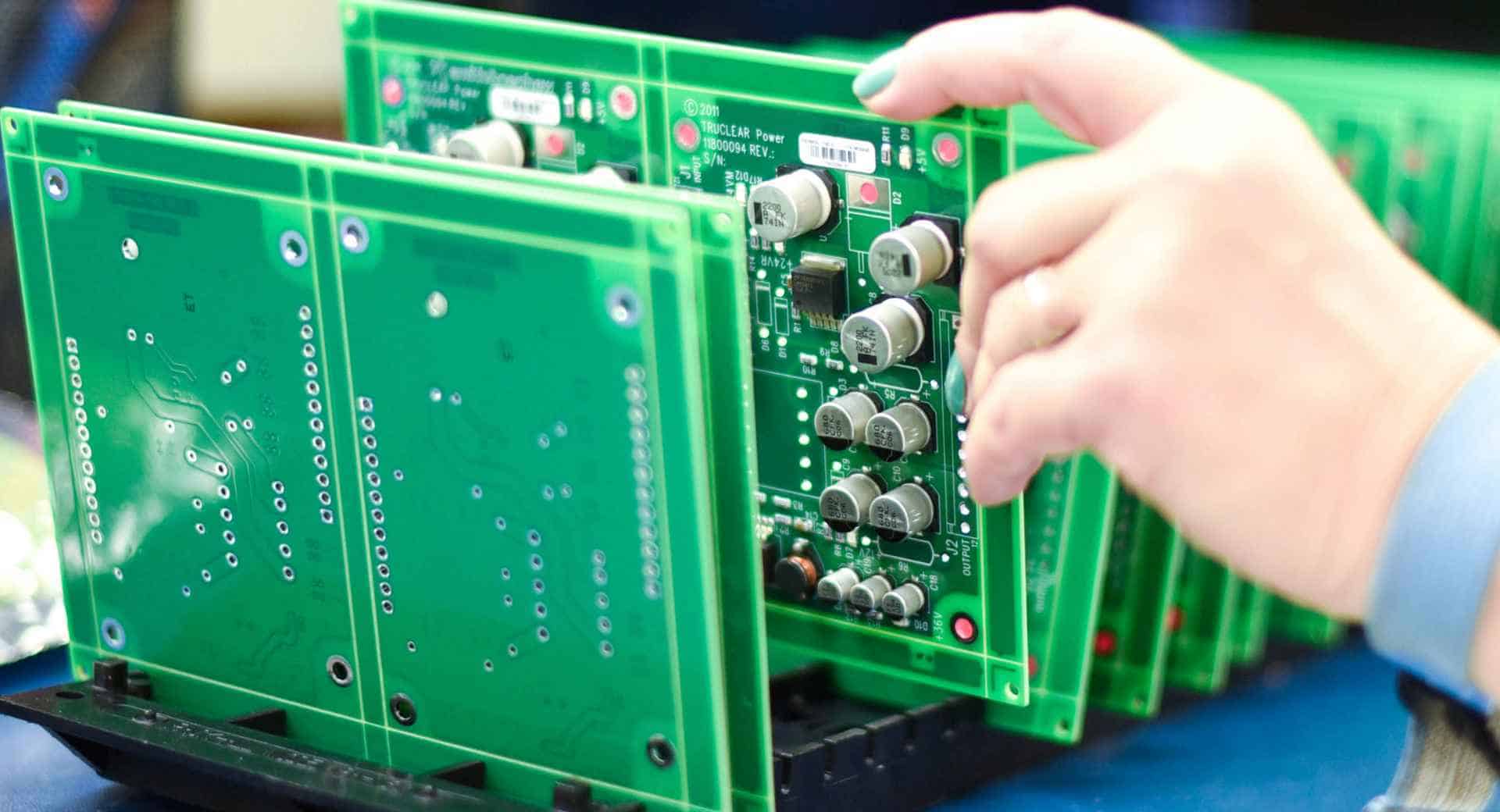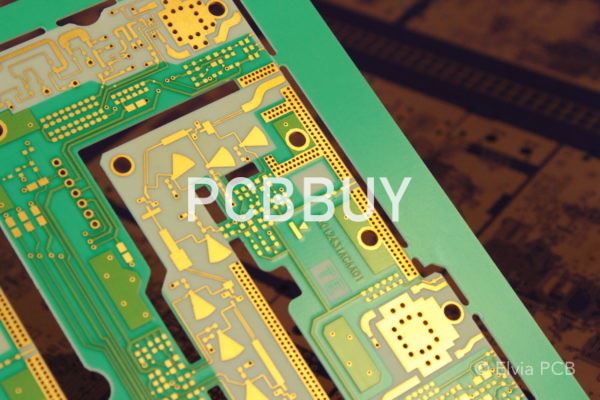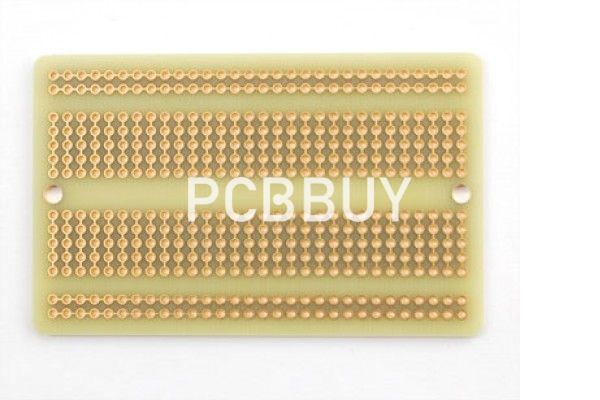What is the difference between PCB and breadboard?
By:PCBBUY 06/08/2021 17:48

The most commonly used types of boards over which projects and circuits are assembled are breadboard and PCB or printed circuit board. In breadboard, the circuit is designed with the use of wire to make connection among the components while in PCB components are linked or assembled at the copper wire tracings that are designed over the board or substrate and symbols of different components are designed at the board over which components are placed to make circuits. In this post, we will cover a detailed comparison between PCB and Bread. So let’s get started with Difference between PCB and Breadboard.
What is the definition of PCBs?
The easiest and probably the most ubiquitous example of a PCB is your computer’s motherboard. It connects and facilitates the communication between electronic components within your computer. It achieves this primarily through a collection of copper traces, tracks, and pads. Generally, in appearance, a PCB is a green layered piece of laminated board.

The Austrian inventor Paul Eisler developed the first official printed circuit board in 1936 while working on a radio set. Companies did not manufacture PCBs regularly until the 1950s. The first PCB started with a single layer, but modern PCBs now consist of over twenty layers.
Before an engineer or fabrication company can fully assemble a PCB, it needs to be prototyped. This prototype will be a proof of concept, allowing you to test your design.
Nevertheless, as with your motherboard, the PCB is the carrier, foundation, and support for all your other devices within your system. You will find PCBs in smartphones, microcontrollers, smart TVs, etc.
What is the definition of breadboard?
In appearance, breadboards are rectangular plastic consoles perforated with square holes and engraved with various symbols and lines. Ronald J. Portugal invented the first solderless breadboard in 1971.
You may have heard it referred to as a solderless, proto board, plug board, or terminal array board. It is uncertain where the name “breadboard” originates. However, we do know that electronic engineers in the past used to connect components by wire-wrapping them and nailing them into a wooden board.
Essentially, they would use these wooden boards as their bases. Another theory states that an engineer had an idea for a vacuum tube device once upon a time. The only thing he could use for the base was his wife’s breadboard. Therefore, breadboards may get their names from engineers using wooden boards to prototype their ideas.

The layout of a breadboard is quite similar to that of a PCB – at least in concept. The perforations on the breadboard allow you to connect various electronic components. These components can range from transistors to LEDs.
Not only do we use breadboards for prototyping, but we also use them extensively for educational purposes. In fact, in the same way, you can find build kits for your Raspberry Pi 4 project ideas, you can find various breadboard kits too.
They often come with power supply units, jumpers, wires, resistors, transistors, and other components. You can even connect them to PCB based microcontrollers.
What is the advantage of PCB?
On this board circuits created are have a permanent assembly. The current-carrying capability of this board is larger than the breadboard to draw more current we can create different paths that do not exist in the breadboard.
To make exterior linking there is an addition of different components is used in this board. And this board is mounted with a heat sink that makes it rigid.
The circuit created on this board has clean look while the breadboard circuit shows complicated circuit assembly. In almost every type of electronic module, this board is used. The circuit understanding on the PCB board is very easy due to simple assembly.
What is the advantage of breadboard?
The main advantages of the breadboard are discussed here. Through the use of this board, we can vary the linking connections of devices use in circuits according to our requirement.
This board helps us to do the replacement of companies used in the circuit when we needed. Construction of the circuit on this board is a very speedy and easy process due to the absence of soldering.
Here are chief benefits over PCB board is that we can link ammeter to this board at any point where we current has to measure but these features do not exist for PCB board.
Industry Category











